Search Results for 'The Tuam Herald'
19 results found.
Remembering Connor Maguire

Galway’s arts scene lost one of its most colourful personalities last week with the sudden death of Connor Maguire, my erstwhile comedy sidekick and long-time friend. As Maguire & McBride, or in tandem with Eamonn and Fiona Kelly in The Comedy Cumann, we regaled audiences at Cúirt, the Galway Arts Festival and other occasions and locations for many years.
Six Furey brothers did not return to Loughrea

When it comes to the story of Galway and World War I there is no better man than William Henry. He came upon ‘the secrets in the attic shoe box’ some years ago when writing in a parish magazine he mentioned a relation of his in that war, and surprisingly opened a Pandora’s Box. People met him on the streets and told him that their grandfather, great-uncle, or cousin, or family friend also fought in that war. They had a box of their medals and uniform, letters or diaries somewhere at home.
The Irish ‘Dockwallopers’ win famous victory for the Confederates
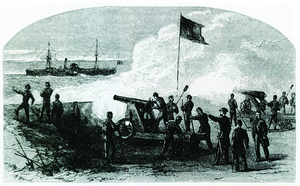
By the late summer of 1861, the city of Houston had become a hive of activity, and excitement. Texas and a further 11 southern states had withdrawn, or seceded, from the United States. Now groups of volunteers crowded into Houston to answer the call to arms. As well as recruitment queues and military bands, there were concerts and parties. Ballrooms were packed. Apparently, southern girls never looked prettier, nor young men handsomer in their new uniforms. There was an air of intense animation, and pride. An officer class quickly emerged, many of them adding personal flourishes to their uniform. The new Confederate ‘Bonnie Blue’ flag was unfurled to cheers and impassioned speeches.
From the Tuam workhouse to New Orleans
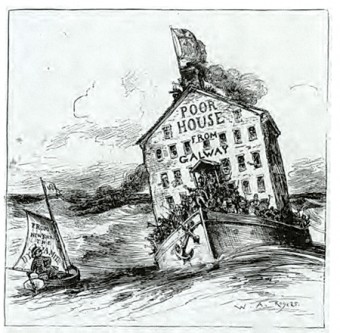
The contrast between the Tuam workhouse and the vibrant colours, blue skies, and the smell of exotic food of New Orleans in the 1840s could not have been more dramatic. To the eyes, ears and senses of two young Galway children it must have been jaw-dropping.
The Irish sang When Johnny Comes Marching Home...*
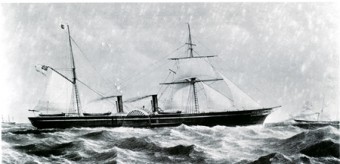
Stephen Speilberg’s magnificent film Lincoln made it clear that the Northern States of America, the Union, had justice and right on its side, when it came to deal with the cotton-based slave states of the south. Washington had objected to their attempt to enlarge its slave industry further west. Southern states were enraged at this interference. In an appalling miscalculation some states began to leave to Union, set up their own Confederacy (eventually including 11 states), and prepared to fight for its freedom to choose its own destiny.
Has Sir William Gregory been brought in from the cold?
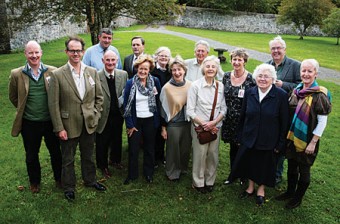
Sir William Gregory of Coole, Co Galway, and the husband of Lady Augusta in his later years, has been vilified unfairly by historians and commentators, said Brian Walker, professor of Irish Studies at Queen’s University last weekend. As the member of parliament who introduced the so called ‘Gregory clause’ as the Great Famine raged through the land, he did so for humane motives; but it was exploited by some ruthless landlords to clear their land.
Remembering Ann Marie who never came home
About 18 years ago when I was working in The Tuam Herald, word came to us that there had been an attempt to bomb the World Trade Centre. The plan involved parking a truck below the North Tower, near one of its corner crutches. The intention was to bring down one tower, possibly into the other, and kill thousands of people. The plan did not work, but unfortunately seven people were killed and thousands received varying degrees of injuries. The reason there was a Tuam connection is because there was a local woman who was working on one of the towers. Ann Marie McHugh came from a well-known local family — her parents Padraig and Margaret ran the Town Hall Tavern in the heart of the town — so news of her terror on that occasion was a story of considerable local interest. On the phone from New York (because there was no email or internet in those days), she told me how, as an asthmatic, she was terrified as she had to descend 80 flights of stairs to make it out from the smoke-filled building. It took her hours to make her way down the darkened stairwell and she spoke of her relief reaching the ground and seeing the light through the smoke.
The blacksmith from Craughwell
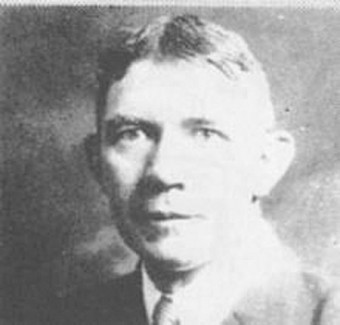
The participants in the Galway Rising of April 1916 anticipated their arrest and humiliation. During Easter Week, while the rebels were attacking police stations in parts of east Galway, and threatening an invasion of the town, the RIC was quick to round up all the usual suspects. They were easily recognised. Their public training, and their interruptions of recruitment meetings made them well known to the police. They were loaded into open-top vehicles and paraded ‘for the entertainment of the townsfolk’. Volunteer Frank Hardiman remembered being set upon and beaten by rowdies at a number of places, and pelted with mud by the town’s inhabitants.
Fear and loathing in the towns and villages as rebels divided on continuing the struggle
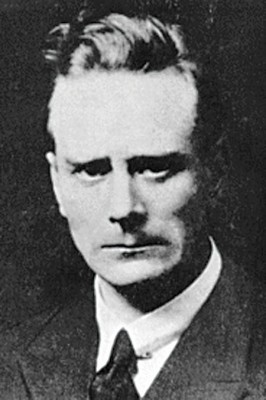
Following the news of the Rising in Dublin on Easter Monday April 25 1916, Galway was in the grip of rumour and anxiety. The Galway ‘rising’, consisting of about 600 men led by Liam Mellows, but poorly armed, was creating mayhem in the county. Police ( RIC) stations were being attacked, telegraph poles were cut down, and trains were not running. Galway was virtually cut off from news of developments elsewhere. Then panic ensued when on Tuesday a British warship, HMS Gloucester, steamed into the bay and indiscriminately opened fire into the coastline, and further inland. Refugees began to arrive in the town.
The school under the railway bridge
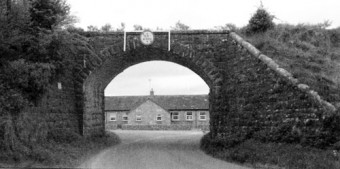
Apart from the profound influence that teachers had on their young students at Crumlin National School, Ballyglunin, Co Galway, the passing trains on the old Claremorris-Limerick line told them all the time of day, and the seasons of the year. The old school was located practically under the railway bridge. The train passed only yards from the classrooms. “We would wave out at the trains passing....” recalls Phil Forde, who stared school there when she was three years old in 1935. “There would be extra trains during the beet campaign. The beet would all go to the station in the horse and cart, and there would be about 20 wagons after the steam engine.”

